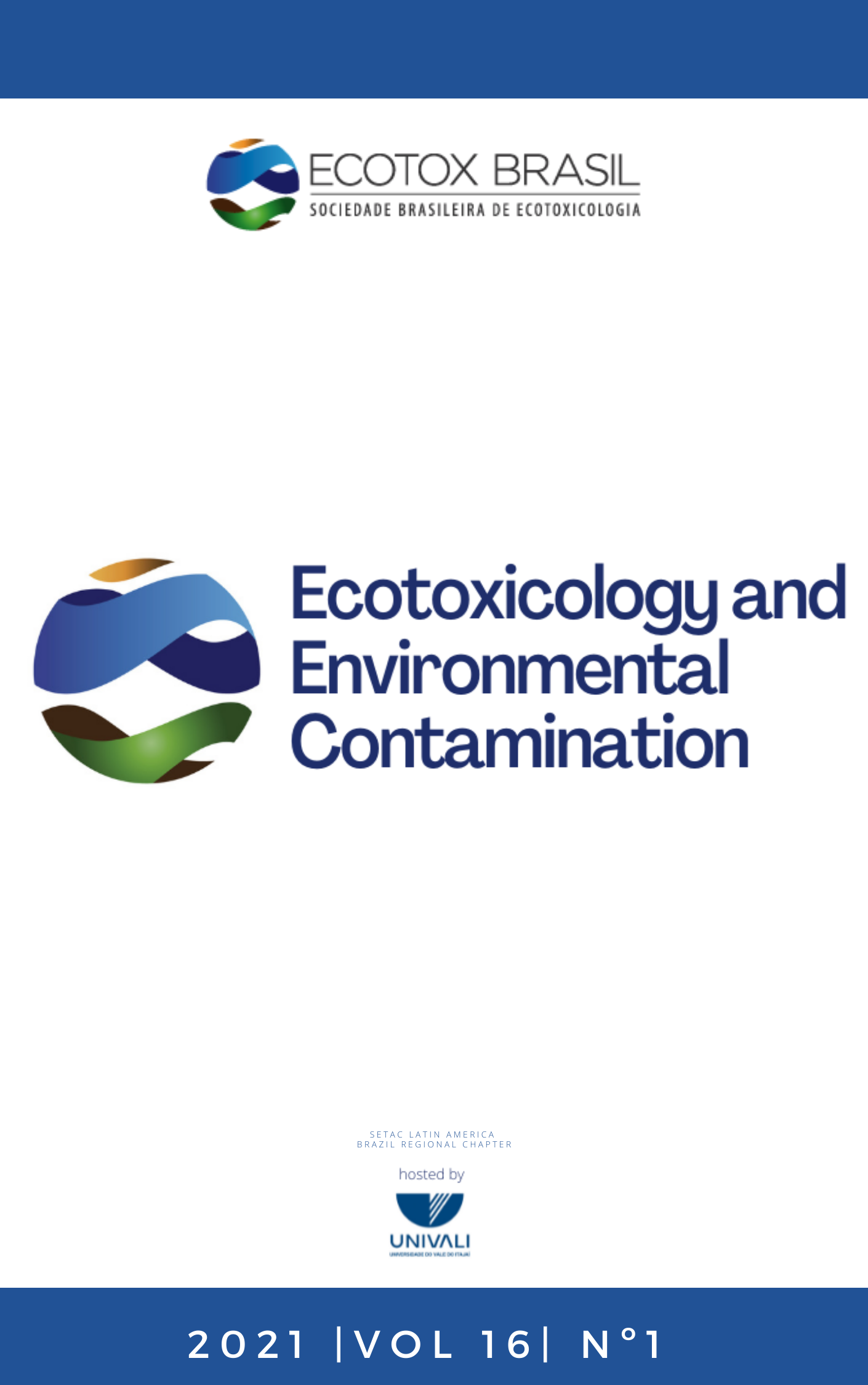Environmental concerns about the massive use of disinfectants during COVID-19 pandemic: an overview on aquatic toxicity
DOI:
https://doi.org/10.5132/eec.2021.01.14Abstract
Many public health measures to mitigate the spread of SARS-CoV-2 were adopted worldwide, and particularly to the environmental measure of regular cleaning and disinfection of surfaces, the increased use of disinfectant products raises environmental concerns. Quaternary ammonium compounds (QACs), povidone-iodine (PVP-I), chloroxylenol (PCMX) and chlorhexidine (CHX) are the active ingredients of most disinfectant products due to their effectiveness against various microbiological agents. Although presenting antimicrobial efficacy, these biocides have been associated with impacts on aquatic life. For instance, QACs can induce toxicity to Aliivibrio fischeri and fish (different species). Gill and liver damages are verified in Cyprinus carpio after exposure to PVP-I. CHX induces toxic effects on algae, crustaceans, and fish embryos. PCMX can induce genotoxicity to rainbow trout and malformations on zebrafish embryos, as well as it can reduce the reproduction rate of Caenorhabditis elegans. Thus, the potential to cause negative consequences on human and environmental health has resulted in activities from the U.S. and European agencies to favor the use of safer and greener disinfectant products during the COVID-19 pandemic. This review article summarizes the main findings on the impacts of disinfectants (the most used) on aquatic life. This information may help prioritize disinfectants with lower impacts on the aquatic environment for daily use, and especially for high-frequency use as verified in the COVID-19 pandemic. Furthermore, this review may help identify knowledge gaps on the aquatic hazard of disinfectants, which may drive future studies on this matter and, lastly, contribute to the development of sustainable products.Downloads
Downloads
Published
How to Cite
Issue
Section
License
Copyright (c) 2022 Ecotoxicology and Environmental Contamination

This work is licensed under a Creative Commons Attribution 4.0 International License.
Copyright © 2006 ECOTOX-Brasil
Copyright notice: It is a condition for publication that manuscripts submitted to this journal have not yet been published and will not be simultaneously submitted or published elsewhere. By submitting a manuscript, the authors agree that copyright for their article is transferred to the Sociedade Brasileira de Ecotoxicologia (ECOTOX-Brasil) if and when the article is accepted for publication. The copyright covers the exclusive rights to reproduce and distribute articles, including reprints, photographic reproductions or any other reproduction of a similar nature, including translations. No part of this publication may be reproduced, stored in a retrieval system or transmitted in any form or by any means, electronic, mechanical, photocopying, recording or otherwise, without permission of the publisher.
Notice: While every effort is made by the EEC, editors and editorial board to see that no inaccurate or misleading data, opinions or statements appear in this journal, they wish to make it clear that the contents of the articles and advertisements published herein are the sole responsibility of the contributors or advertisers concerned. Accordingly, the EEC, the editorial board and editors and their respective employees, officers and agents accept no responsibility or liability whatsoever for the consequences of any inaccurate or misleading data, opinion or statement.




